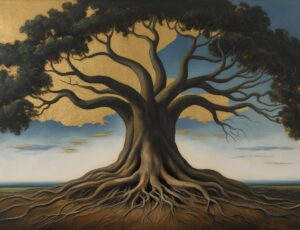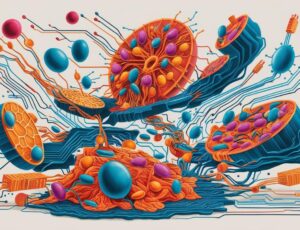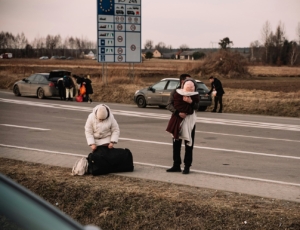The East - West Encounter
Year Group 1999/00
About the topic
Each member had his own particular research project either writing articles around a theme (Boot on Bakufu foreign policy and Yoshida on Japanese sea drifters) or revising and completing past research (Andaya, Fernandez and Blussé) or engaging in the writing of a completely new monographs (Rietbergen and Kolff). The theme group met regularly, apart from a few intermissions, every fortnight on Wednesday afternoons. During these sessions papers were discussed. Regular participants from outside the research nucleus group were the Guests of the Rector, the Van Der Wee’s and Joop Goudsblom, the Writer-in-Residence, Hans Goedkoop, Peter Clark, Barbara Andaya and Nita Kumar as well as occasional guests from outside NIAS. These bi-weekly meetings proved to be very helpful in the planning of the NIAS conference in May 2000. The papers of this conference Shifting Communities and Identity Formation in Early Modern Asia, – each participant was sent written comments for the final revision – will be published in Itinerario and in book form by the Variorum Press. As far as I know every member of the research nucleus was very satisfied with the results of their sabbatical leave at NIAS. It may have been rather exceptional that during this NIAS year several books which were actually written or completed during this term were published during our stay at NIAS (Peter Rietbergen’s novel Dood op Deshima, my own biography Retour Amoy and the Dutch, English and Japanese editions of the memorial volume on Dutch-Japanese Relations). All members of the research nucleus certainly will continue to play an instrumental role in the future as the “Towards a New Age of Partnership” project comes into full swing. The TANAP project proposal for was approved and accepted by NWO/WOTRO mid October 1999.
Themegroup participants
-
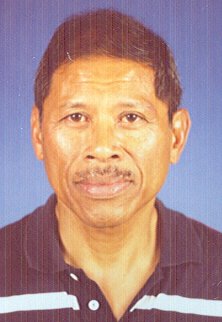
Andaya, L.Y.
Year Group 1999/00 -
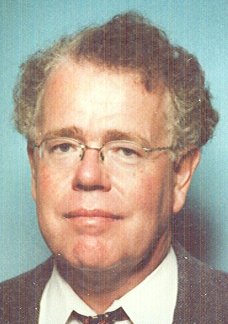
Blussé van Oud-Alblas, J.L.
Year Group 1999/00 -
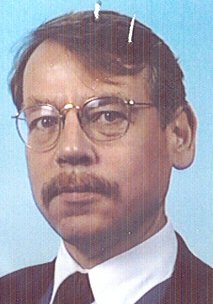
Boot, W.J.
Year Group 1999/00 -
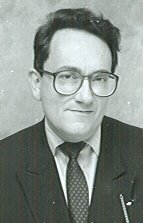
Fernández-Armesto, F.
Year Group 1999/00 -
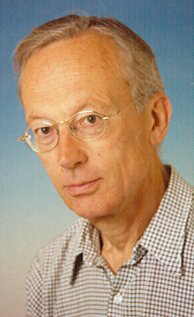
Kolff, D.H.A.
Year Group 1999/00 -
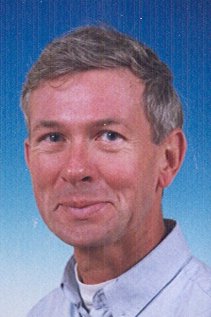
Rietbergen, P.J.A.N.
Year Group 1999/00 -
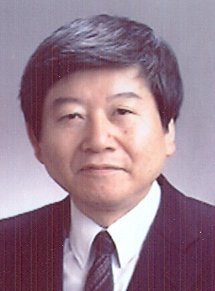
Yoshida, T.
Year Group 1999/00
